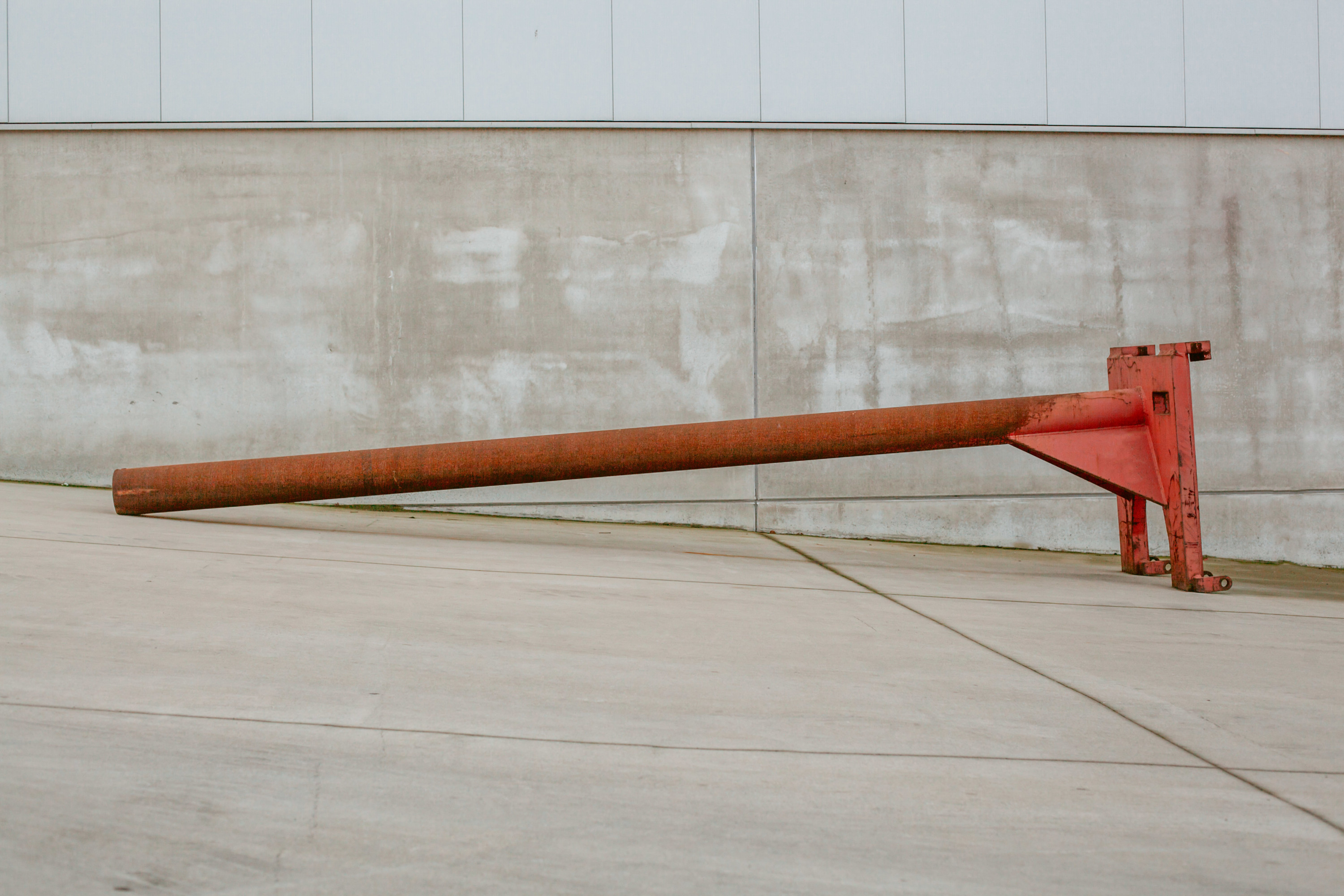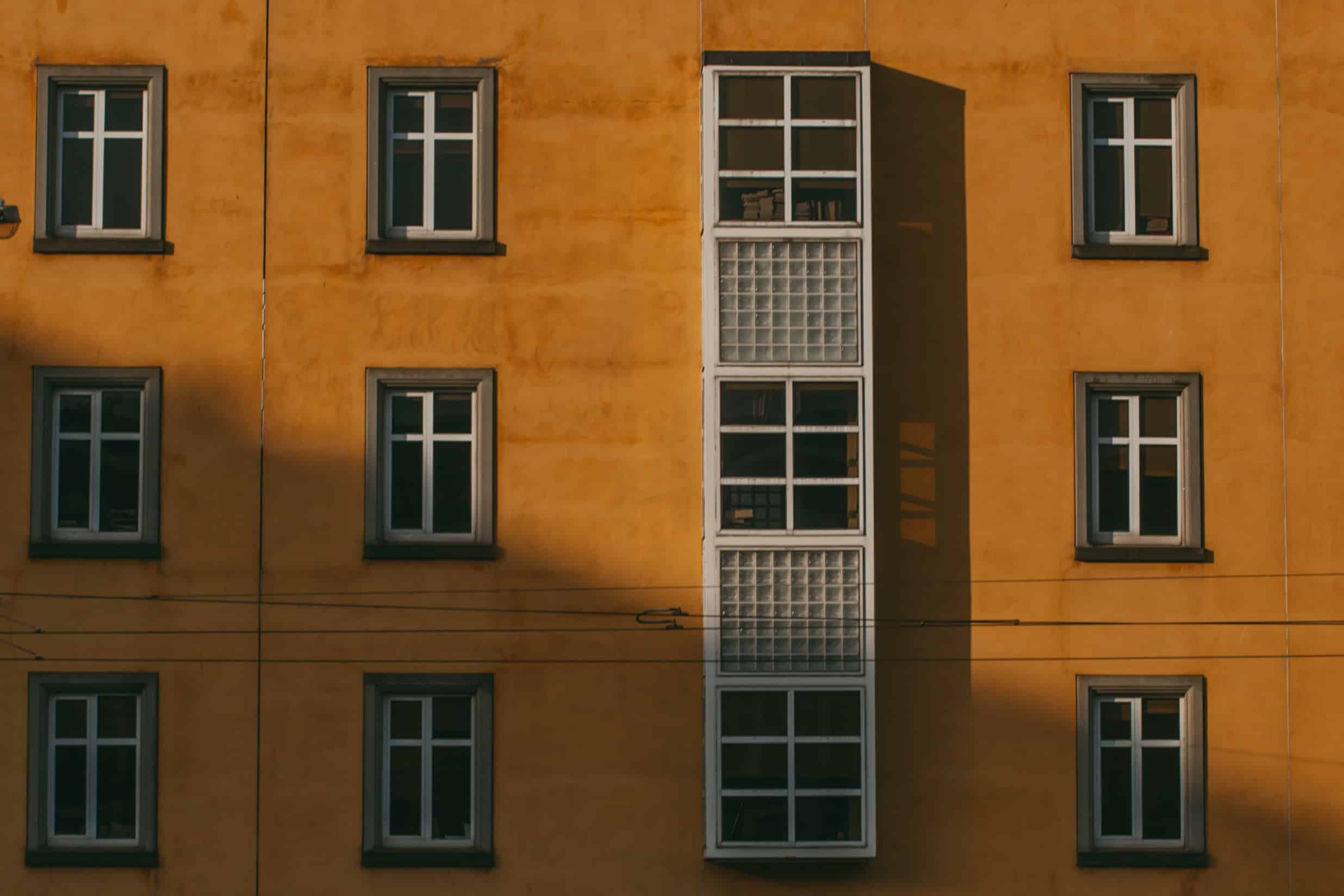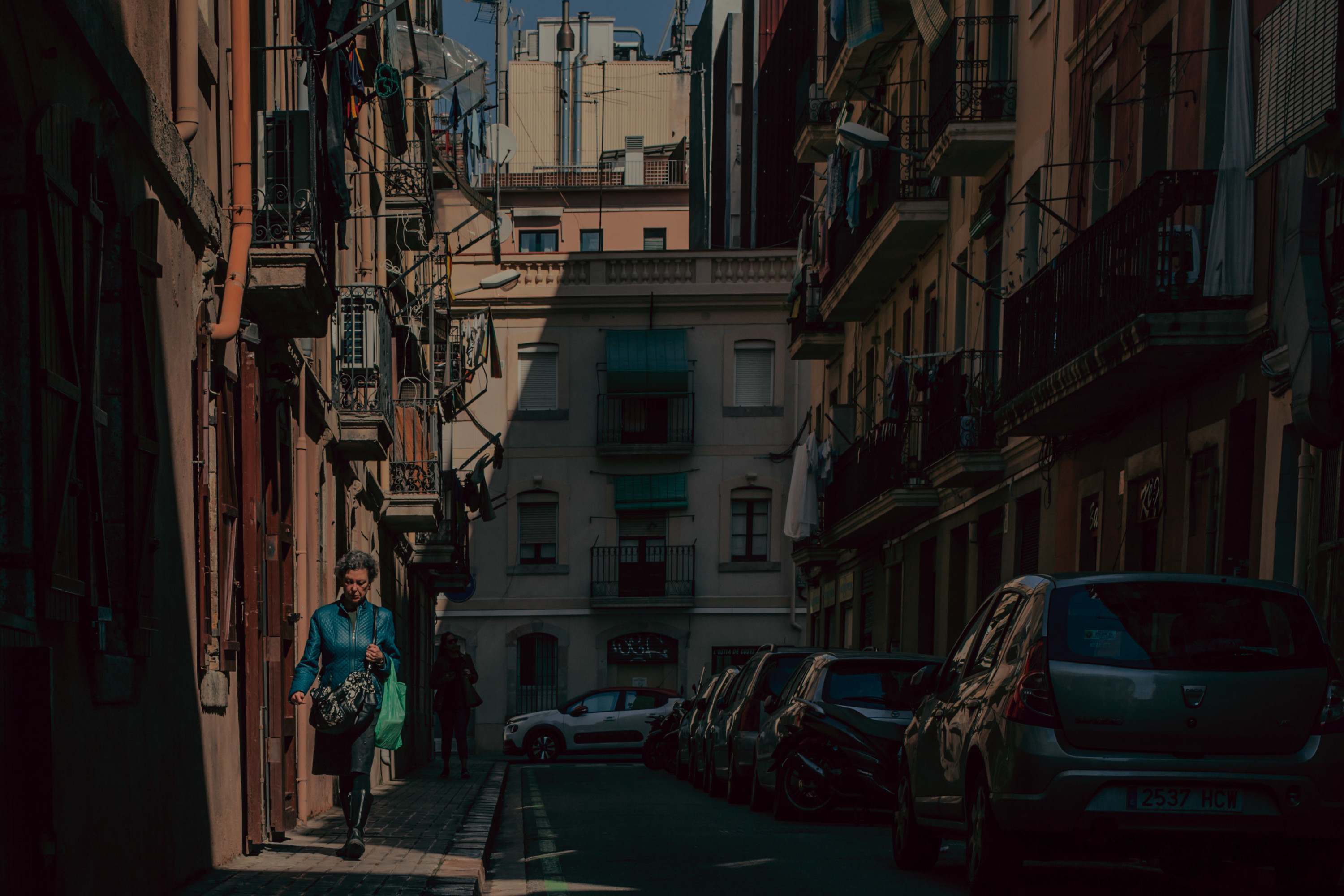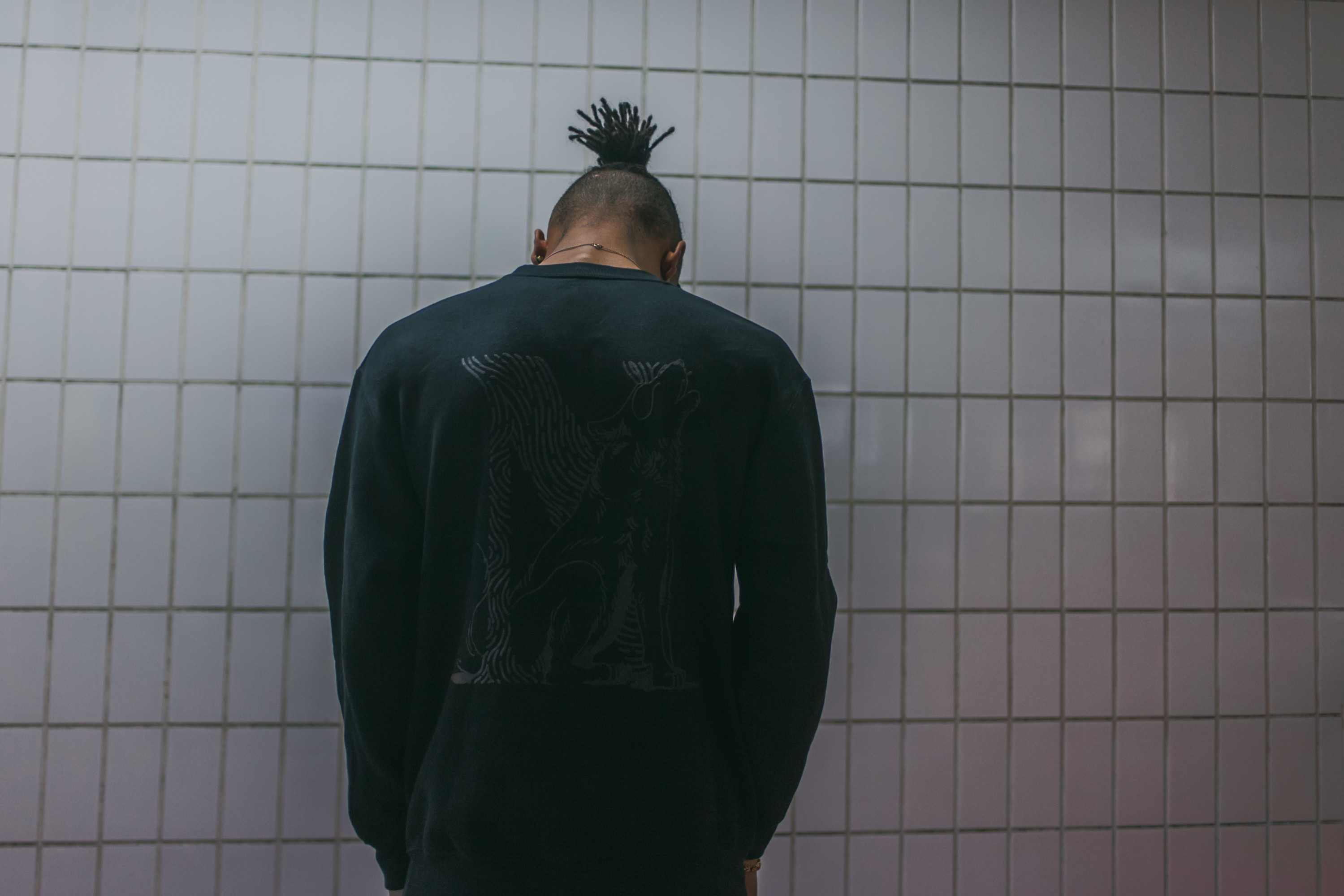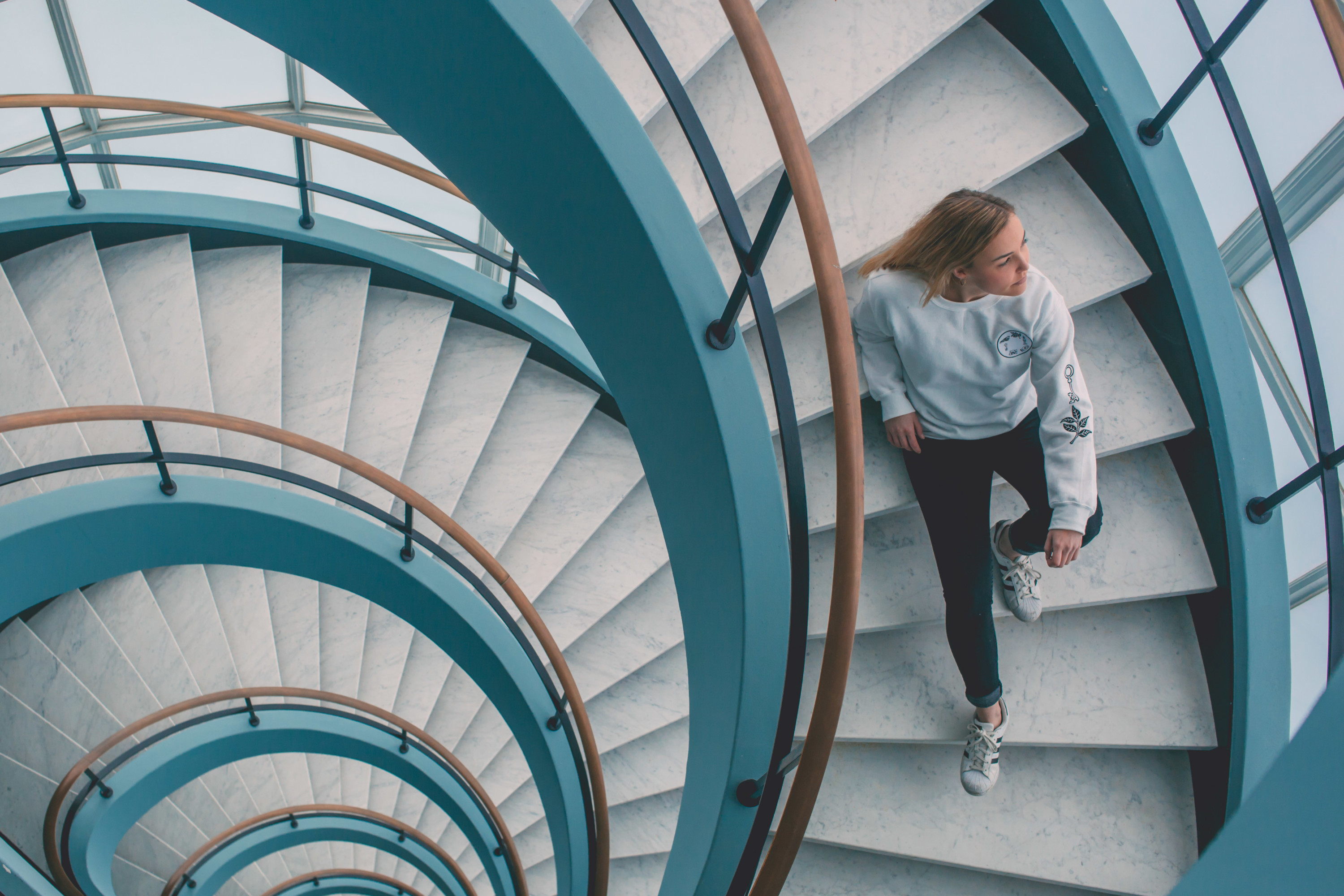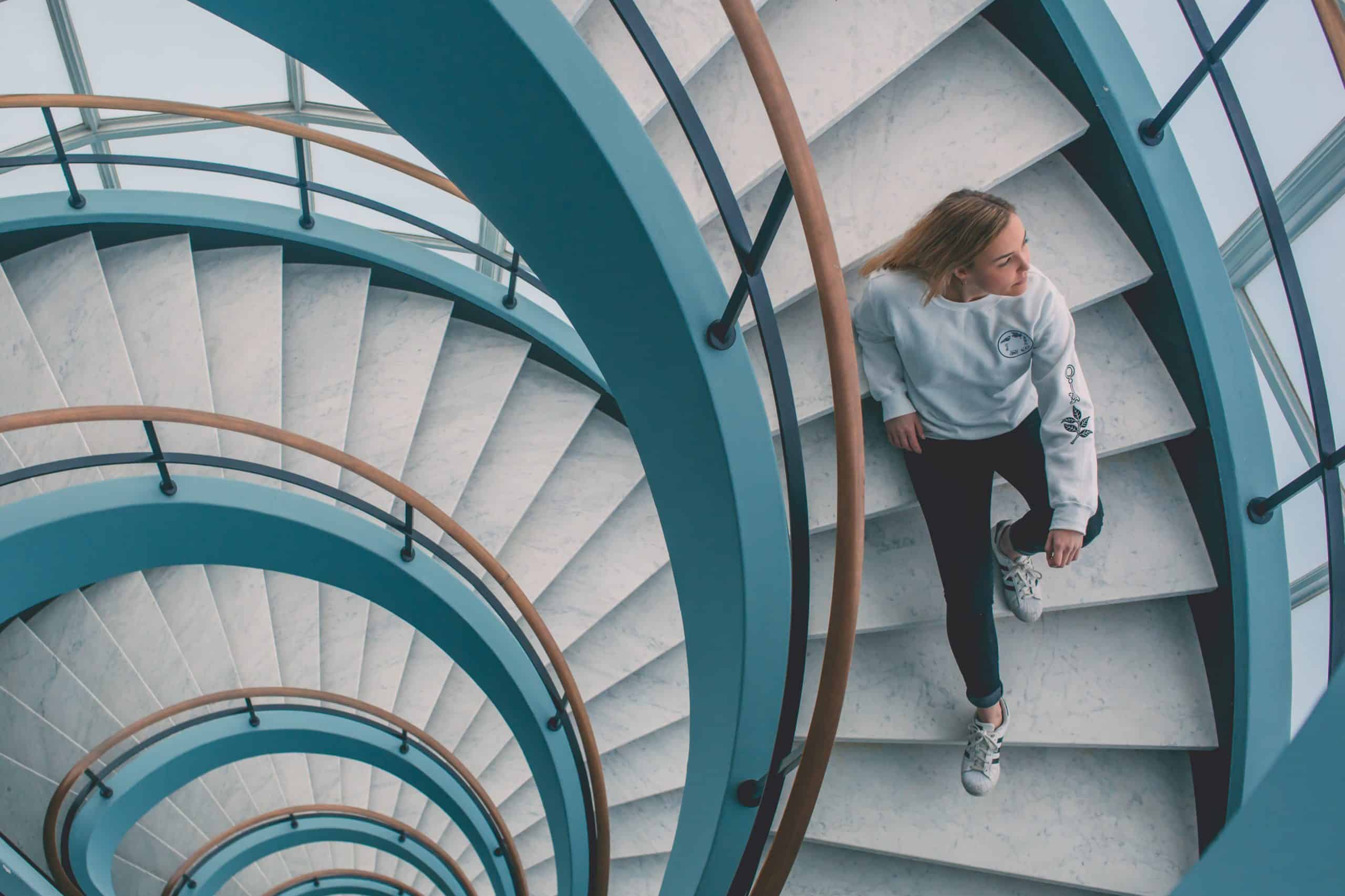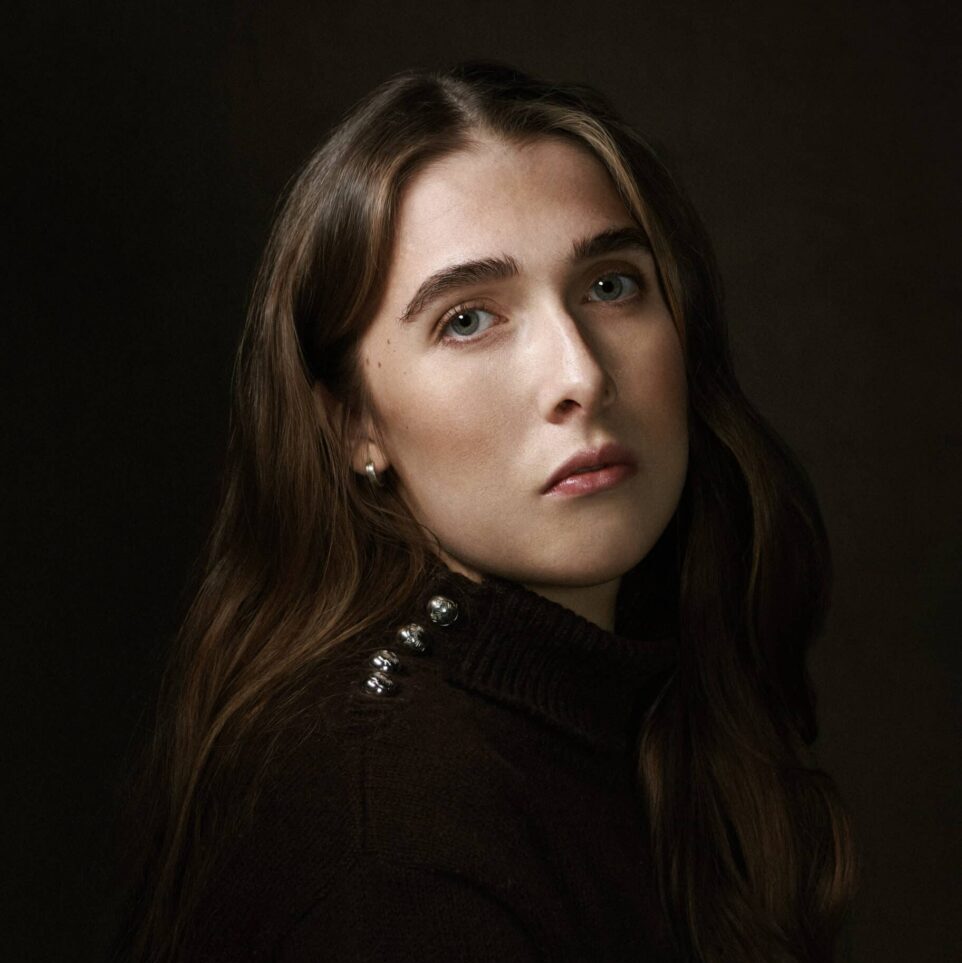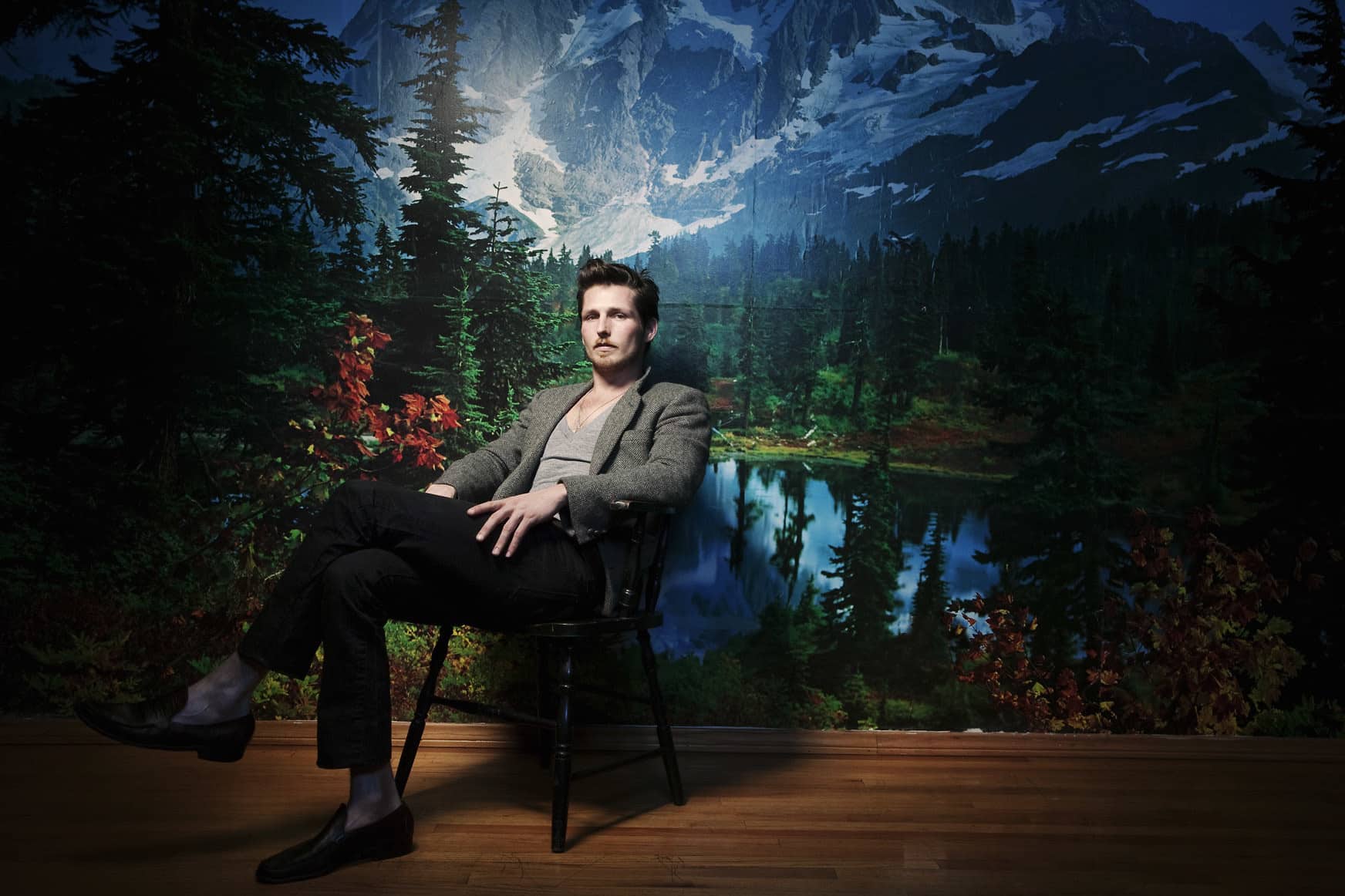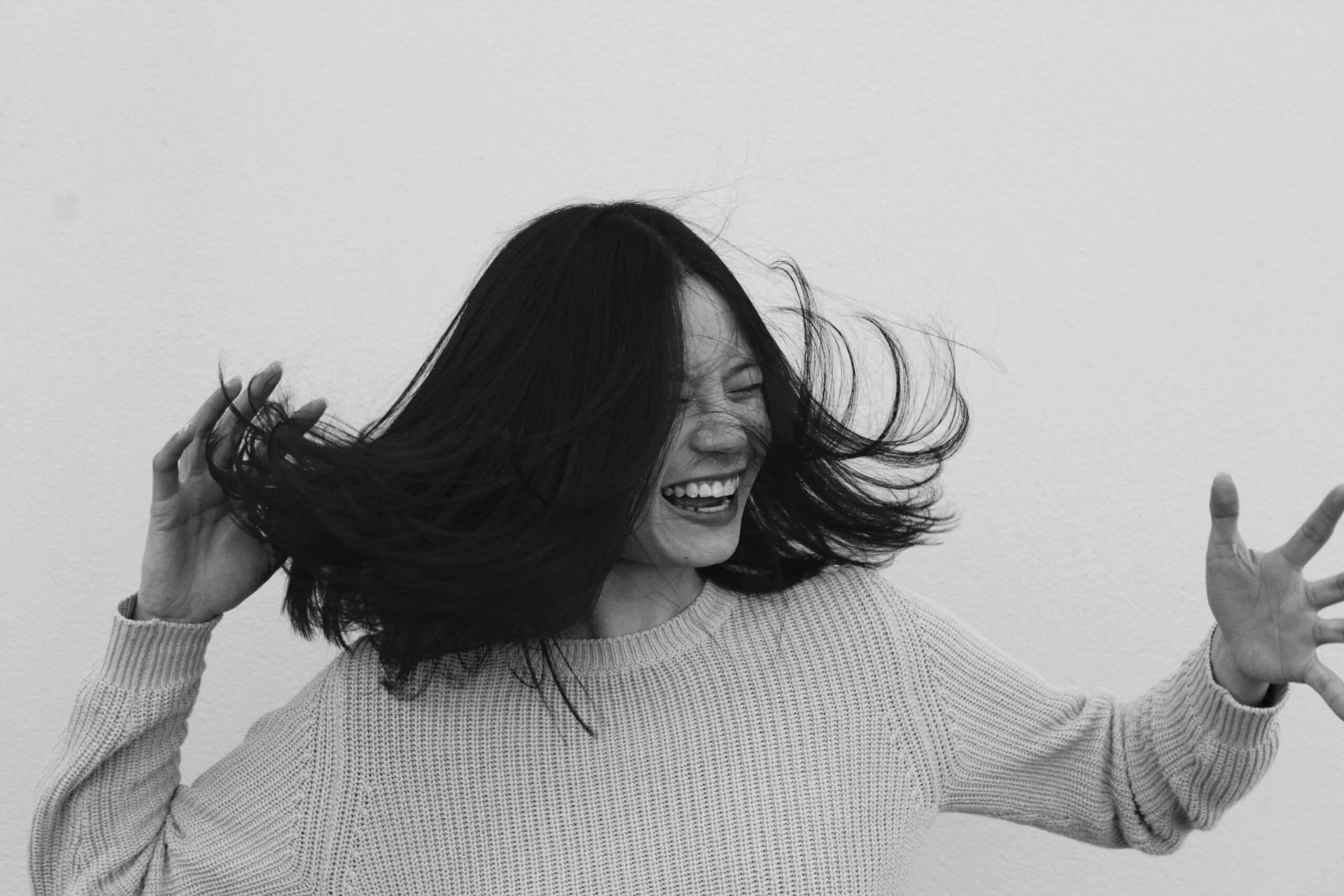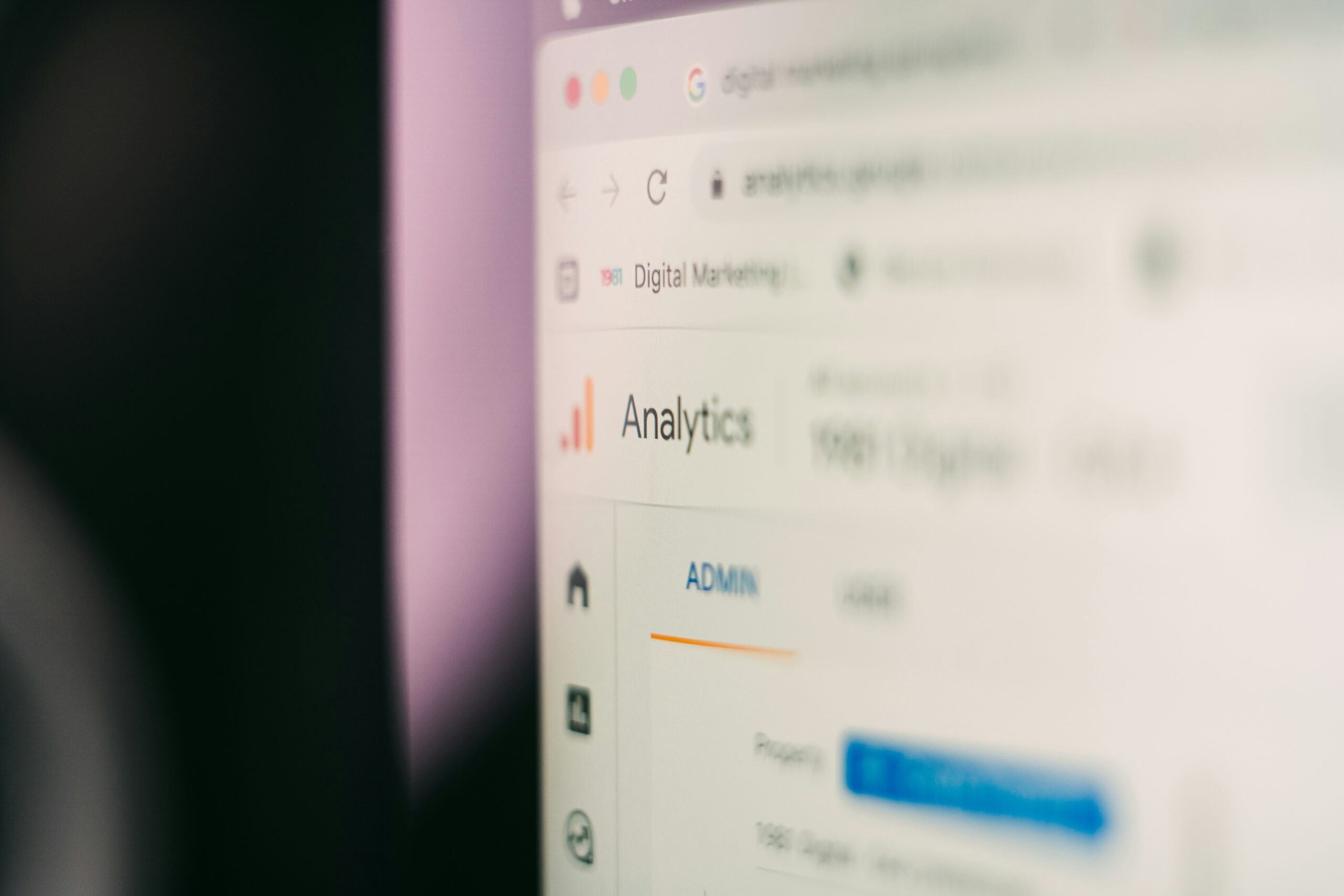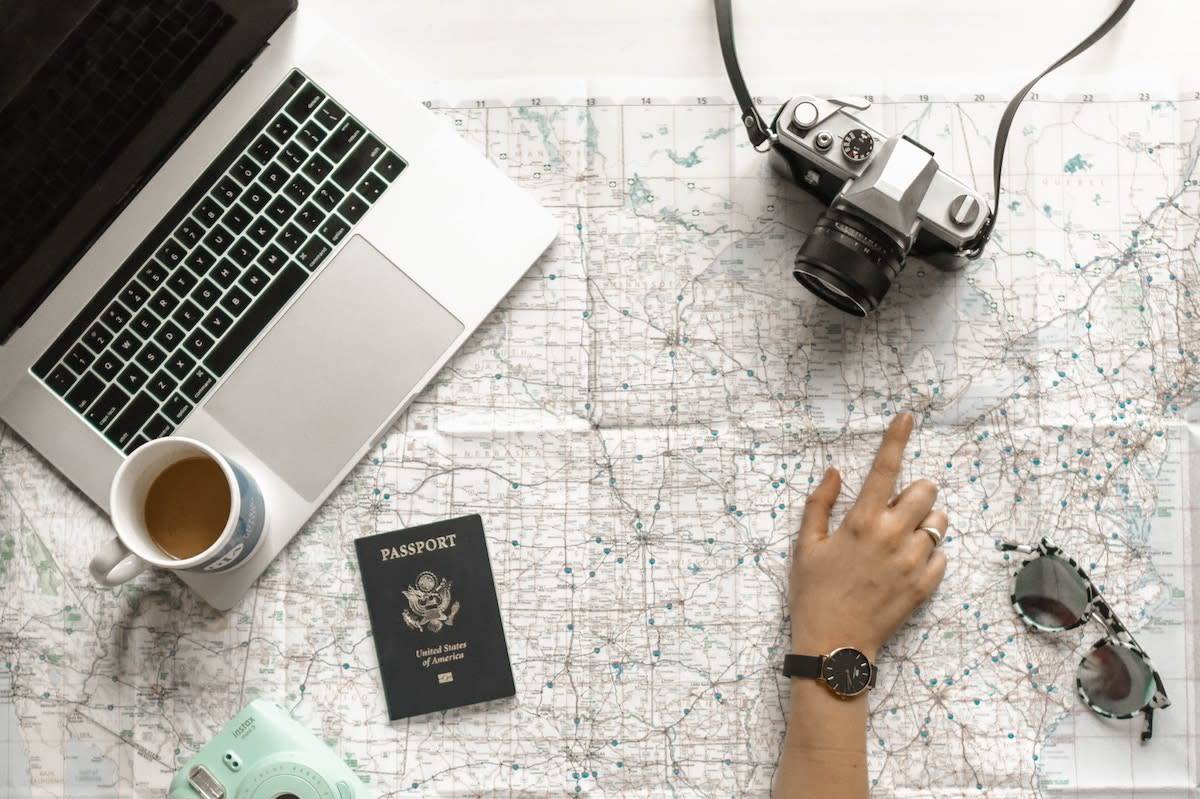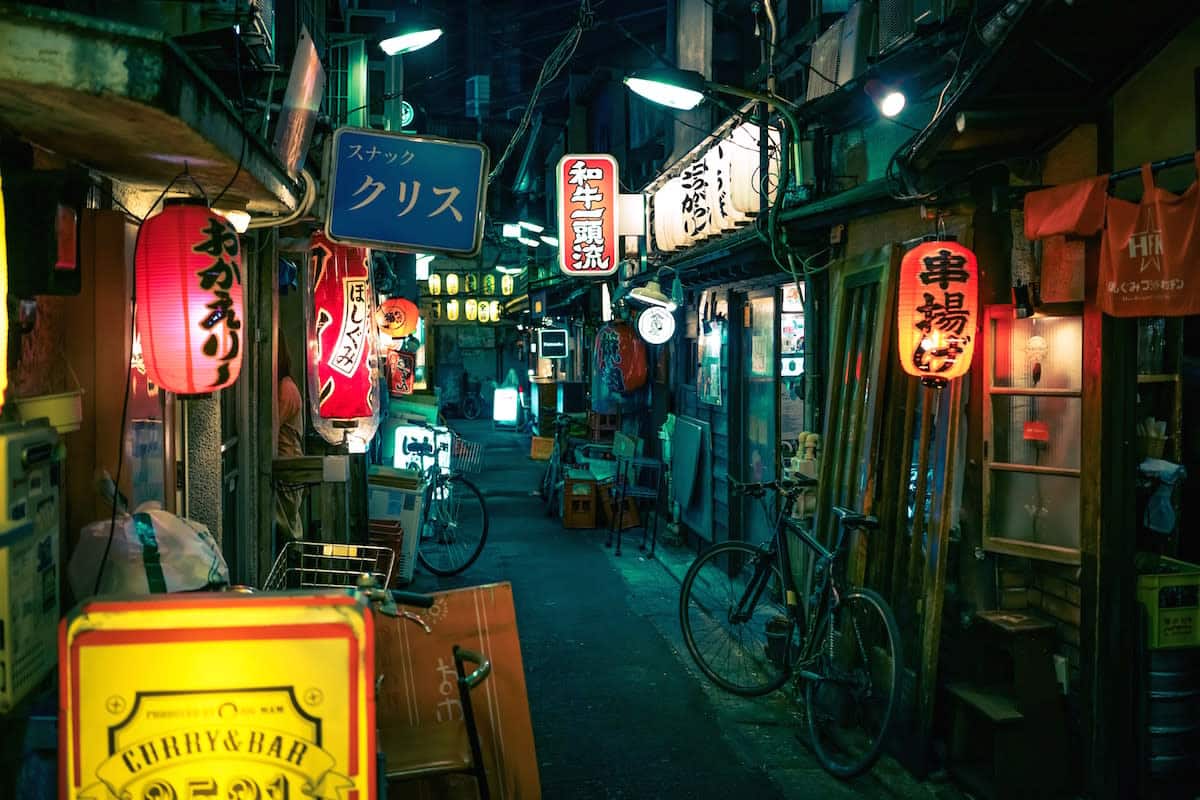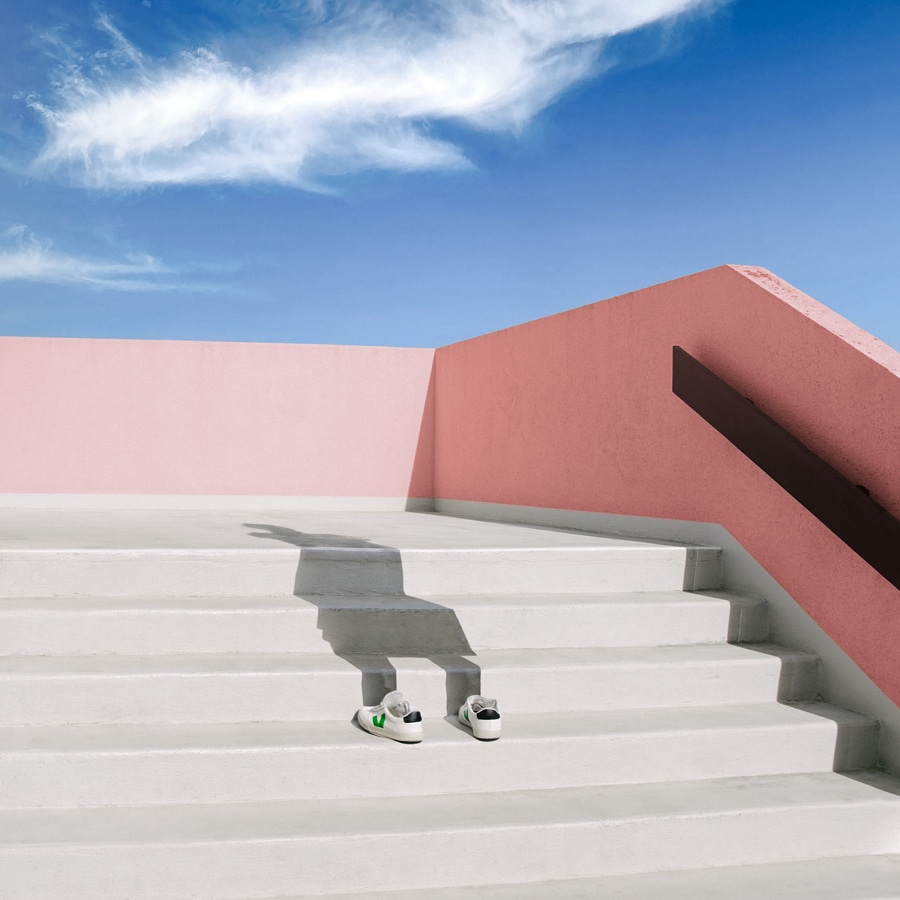There are many reasons why 50mm lens photography is a popular choice, and even has its own nickname “Nifty Fifty.” It takes super sharp images, and requires a talented eye to frame the shot because of the limited zoom. Photographers champion its low price point and lightweight addition to a camera bag, but there are limitations. It can create distortions when shooting portraiture and it’s harder to capture breath-taking landscapes without a wide-angle. For [Tom Clabots], it’s a lens that changed his world. Below, he told us about growing up without depth perception and realizing the power of a 50mm lens.
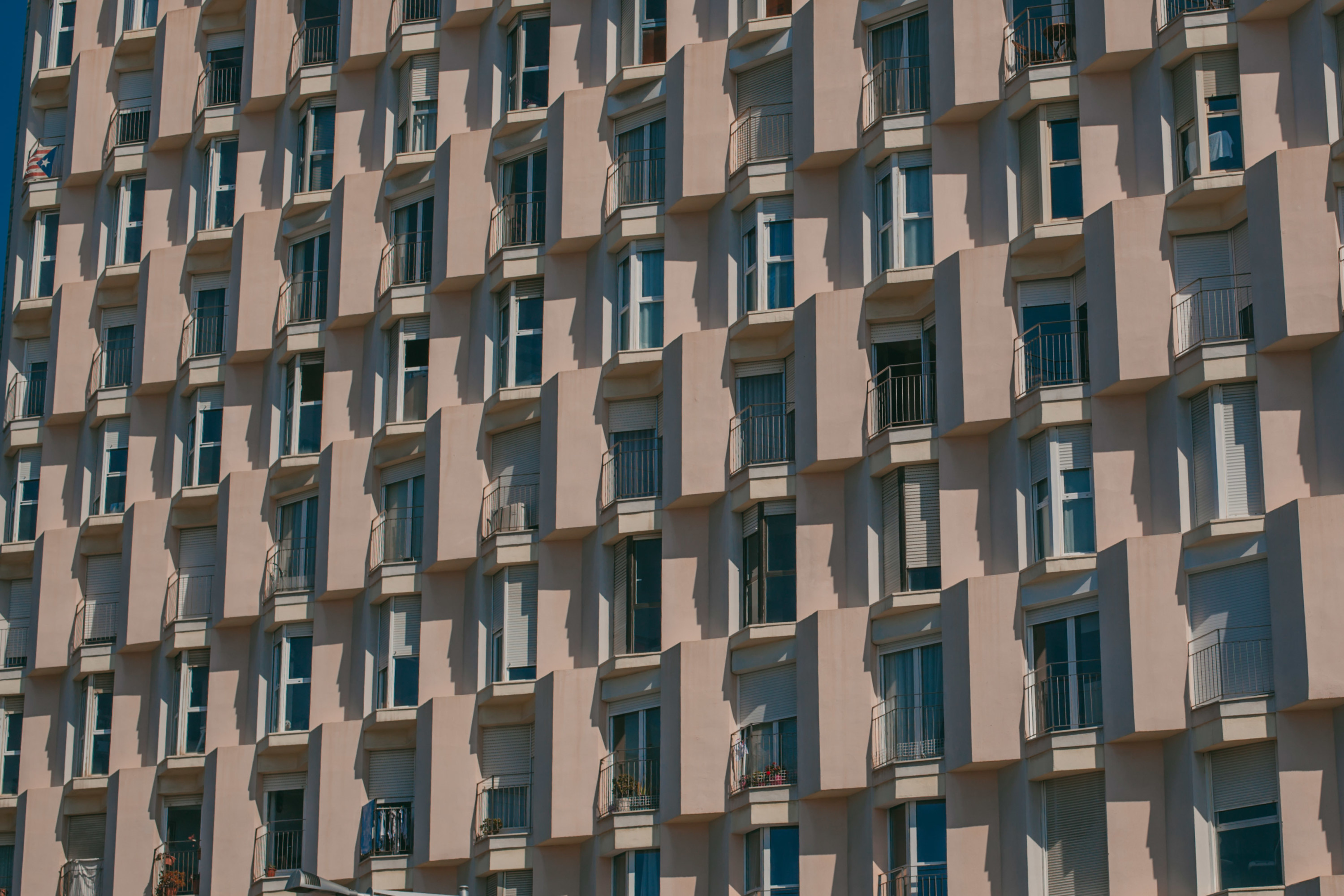
My name is Tom, and I’m a lifestyle photographer from Antwerp, a small city in Belgium. When I was born back in ’89, they told my parents I was blind, and that I would probably stay blind for the rest of my life. But as luck would have it, 5 years and 15 surgeries later, I got to see the world for the first time. I don’t remember much of that time, but I do remember I had to wear these thick, Steve Urkel bifocal glasses for years on end because my vision was so poor.
I got diagnosed with glaucoma, cataract and astigmatism. Basically what this means is, I can only see through one eye at a time, I don’t have any depth perception, and I have tunnel vision.
When I was a kid I’d always carry a Einwegkamera with me. Photography always played a big role in everything I did. When you’re young, you’re not very aware of what you’re doing, or why you’re doing something. You just know you like something because it’s fun. I loved being able to capture my surroundings.
At 16 years old, I started using my dad’s Nikon D40 camera while I was saving up my money to buy my own camera. I got a Canon 5D Mark II with a 50mm lens—to this day I still don’t know why or how it happened. Why 50mm? But it changed everything for me.
Most people have a very open field of view, but this is something I’ve never experienced because my poor vision. It took my parents 18 years to explain to me how regular people see. I always figured everyone could see what’s in front of them, and that’s it.
When I found out that everyone could also see sideways, without moving their heads, I was shocked. I remember asking my mom, “How can you live like this? Doesn’t all that information give you the biggest migraine?”
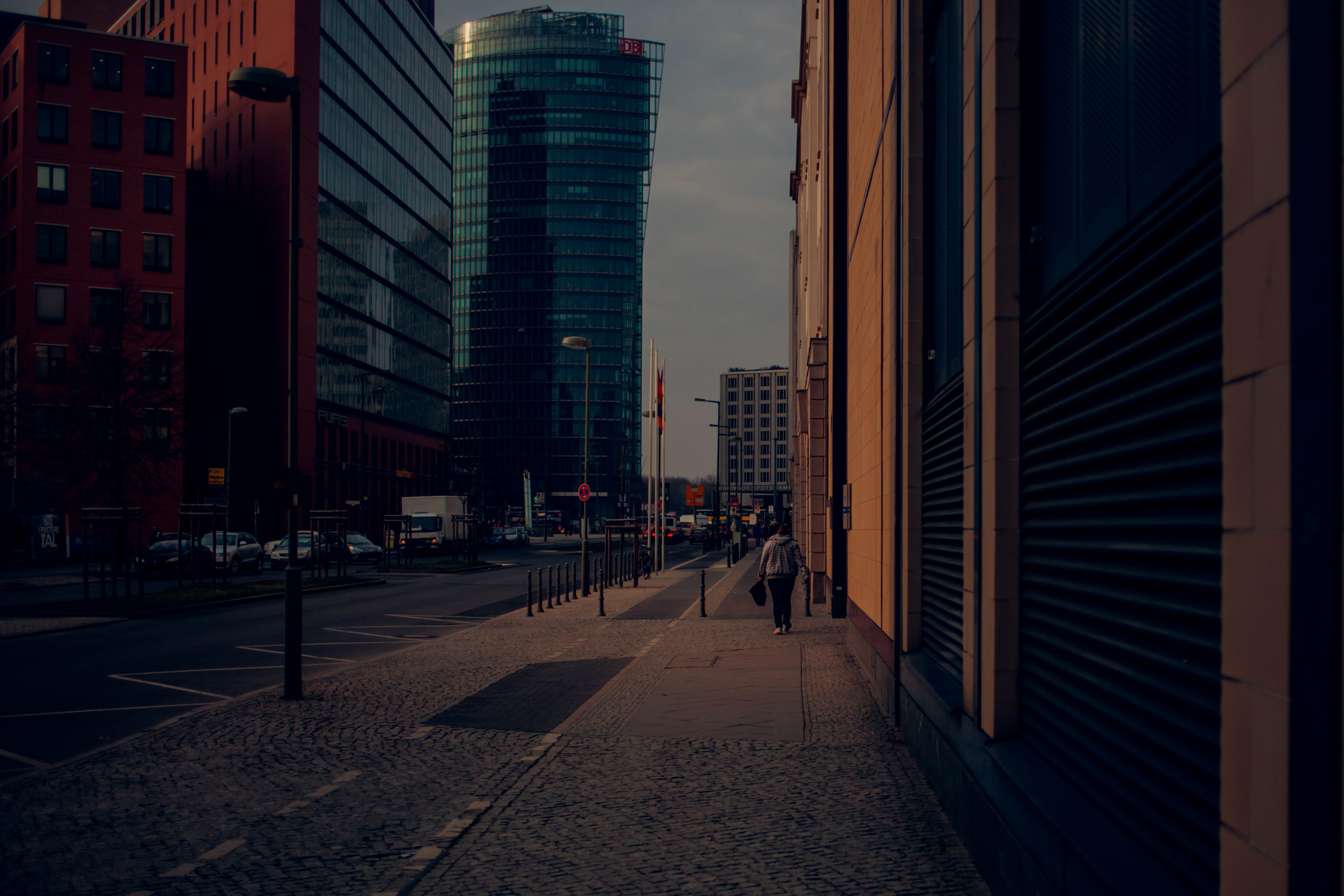
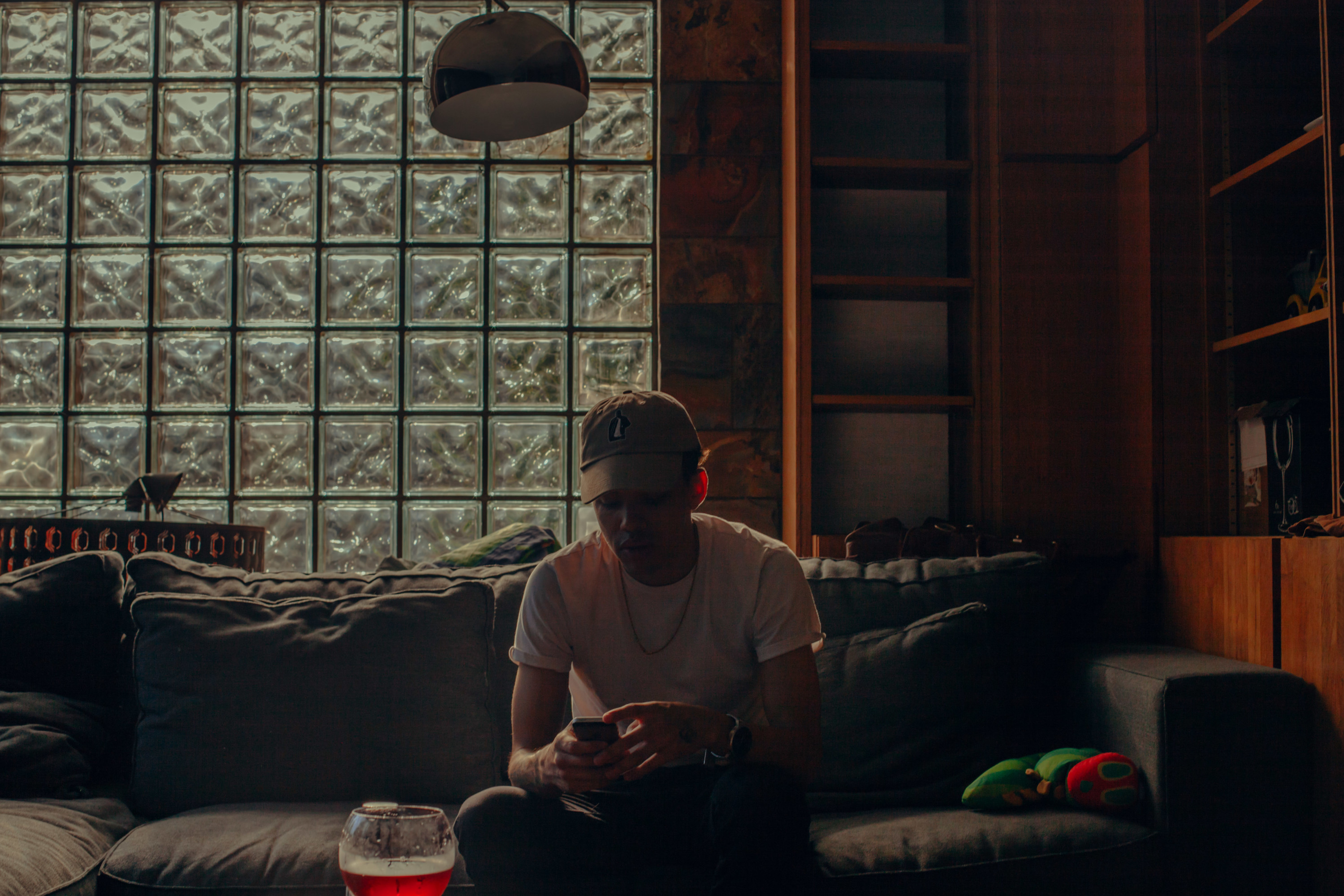
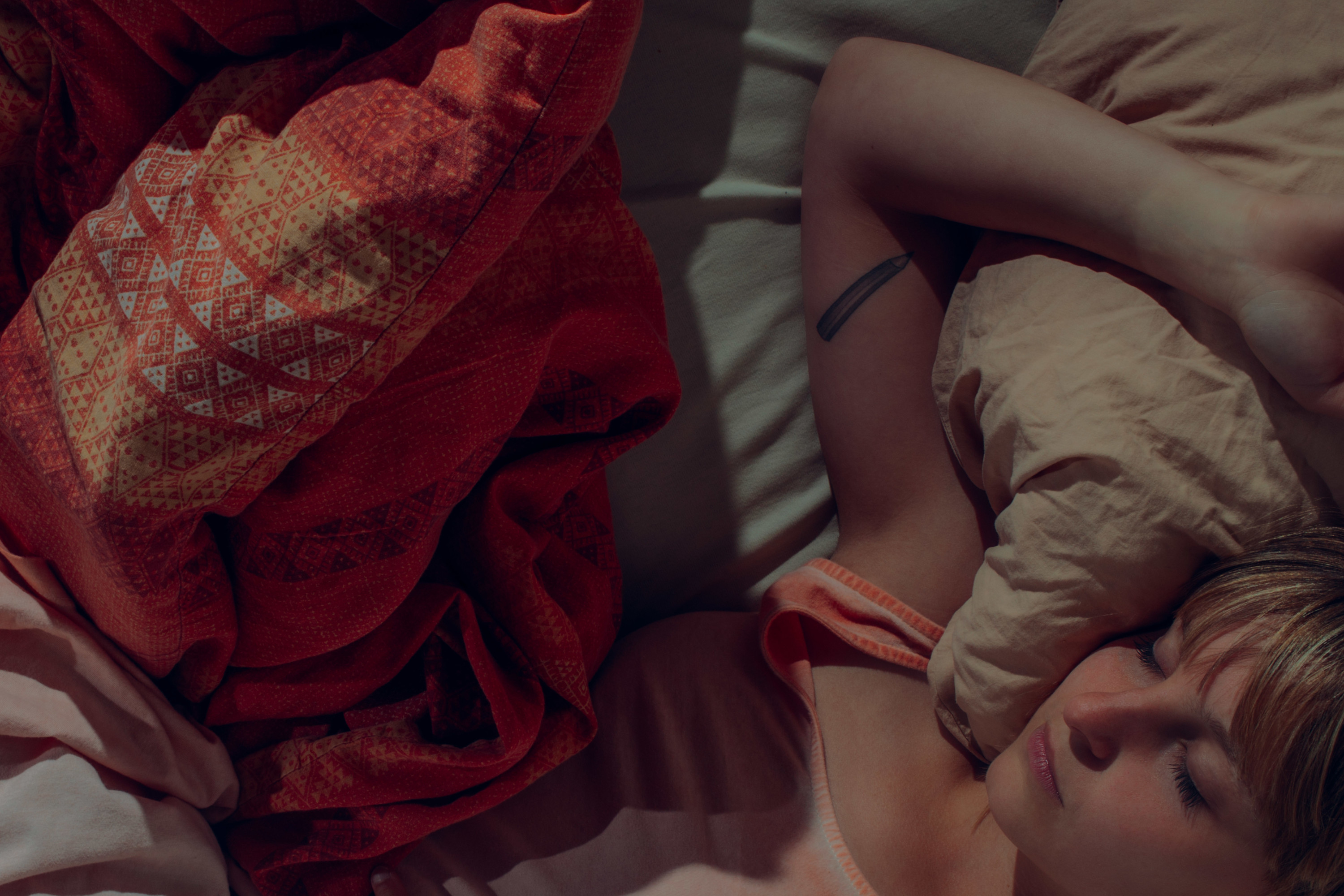
Shooting with a 50mm lens always felt really familiar for some reason. I couldn’t really get a handle on why that was. Then I realized that the field of view it provides is incredibly close to the way I see the world constantly. I realized that when I looked at something, or someone, I instantly framed everything, because that’s just how I experience the world.
Have you ever noticed how photographers tend to jump around and move around in a room while they’re holding their camera in front of their face? Well, I do that too, minus the camera. Before I take a shot I already see what I want to shoot just by looking around and framing everything.
I always notice little details. I think that’s what my photography is all about. In photography, or even in life in general, you’re taught to always see the bigger picture. In my case it’s the opposite of that. I’m the guy that walks down the street and notices something no one else would have seen just because I looked at it by accident. I’m also the guy that starts looking around all paranoid when someone yells my name on the street and I can’t figure out where they’re at. That’s why I’m always taking pictures—for me, it’s a way to assemble all these loose pieces of a much bigger puzzle.
I think every photographer should learn to connect themselves to their images. I’m constantly learning new things on composition, lighting, colors, and even what to shoot. I’ve been taking pictures for over a decade now and the way I see the world is totally different than back when I started. The only thing that always remained the same was my frame, my own vision and the 50mm lens I shoot with. I was so happy when I found out about that little bastard. It really helped me communicate to the world how I experience my surroundings. I like noticing new things. I love stumbling on these everyday situations that can be experienced as new just because the lightning is different or because I’m looking at it from another angle.
That’s the biggest advantage—I don’t need to hold my camera in front of my face to see new compositions, I’m living it 24/7.
See more of Tom Clabots’s work on his portfolio, built using Format.
